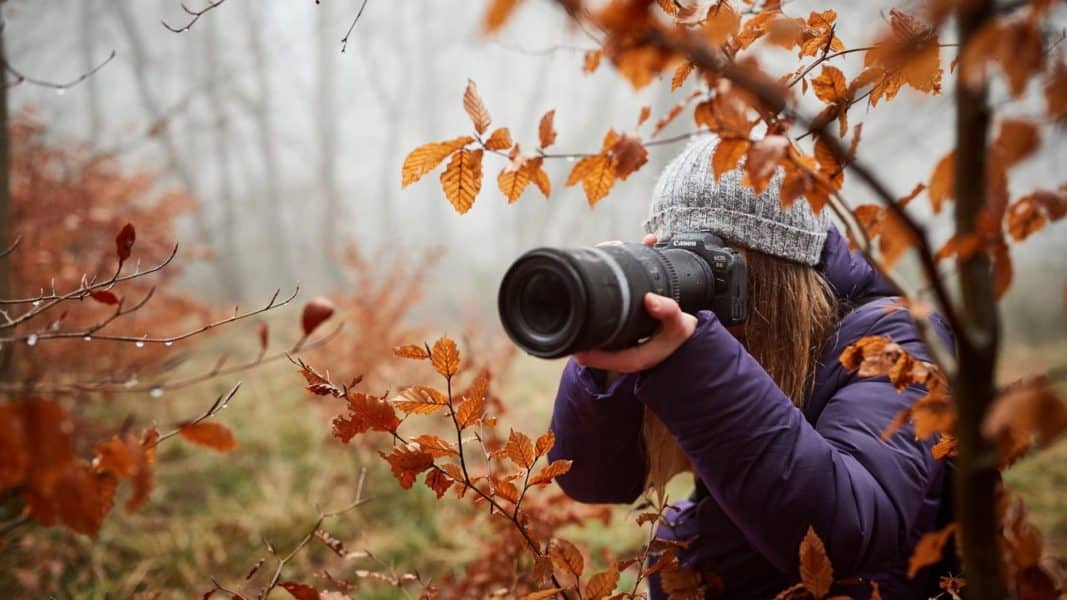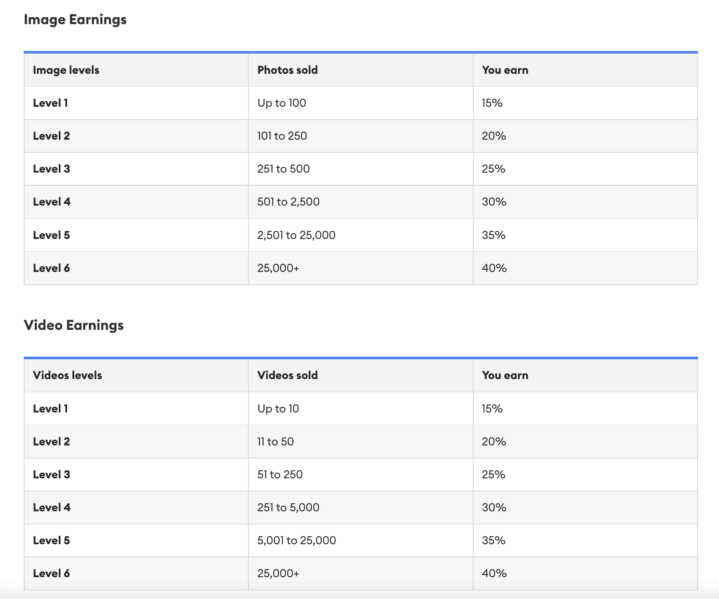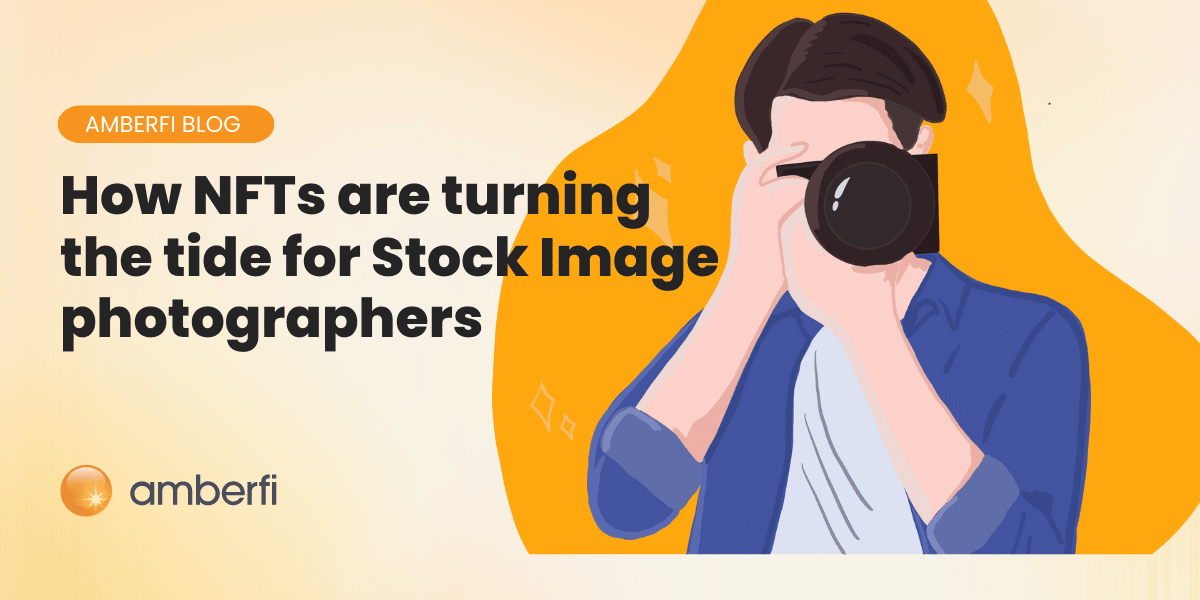Seeing those rare, beautiful images of nature online definitely looks soothing and good to you as a reader of your favorite nature blog. Well, if your preference is to stay on top of trends and breaking news, you would have come across those images of war and conflict in Afghanistan, Iraq, Somalia, and other frontiers of hot conflict. Little will you know that the individual who traveled those far distances and risked their lives to take those pictures barely makes a living from their photojournalism.

Welcome to the real world of stock imagery where photojournalists make a pittance and stock image platforms like Alamy, Shutterstock, and istockphoto, take the lion’s share. This phenomenon is not new and has been going on for decades.
Stock image platforms are known to sell images to top companies and brands in the world with news platforms with global outreach paying premium amounts for images. Platforms like CNN and Aljazeera are even known to pay up to $30,000 for rare imagery.
Despite the huge sums involved, photojournalists only earn between 20 to 40% at most from the images they upload to stock image platforms while the platform takes between 60 to 80% of the entire income. By default, journalists are at the mercy of platforms and will have to settle for what they are offered even when they are not comfortable with the earnings.
Earnings breakdown on Shutterstock

NFT Offers a Lasting Solution
Non-fungible tokens offer a way out for photojournalists who wish to make more on their assets than they currently earn on stock image platforms. With NFTs, photojournalists are guaranteed higher returns, and even recurring returns via royalties, on their assets as there is no longer the need for a middleman (image platforms). As a result, images can be minted as NFTs and sold directly to brands and online platforms while still being a part of large and varied marketplaces.
The benefit of this kind of direct transaction is that both parties benefit from the deal. First, brands and news platforms no longer need to pay excessively high amounts for images. They now have the option to negotiate with photographers and settle on a price. For the journalist, the freedom to receive payment and dictate price is second to none. They can earn better on their work and forget the barriers that make them feed on fractions.
The power of true decentralization
The whole essence of web3 is to bring about the decentralization of power, shifting concentration from corporations and entities to the hands of creatives, effectively giving rise to the creator economy.
NFTs and their utility are on this course and through their unique deployment, photojournalists can benefit and retain the rewards of their creativity.






